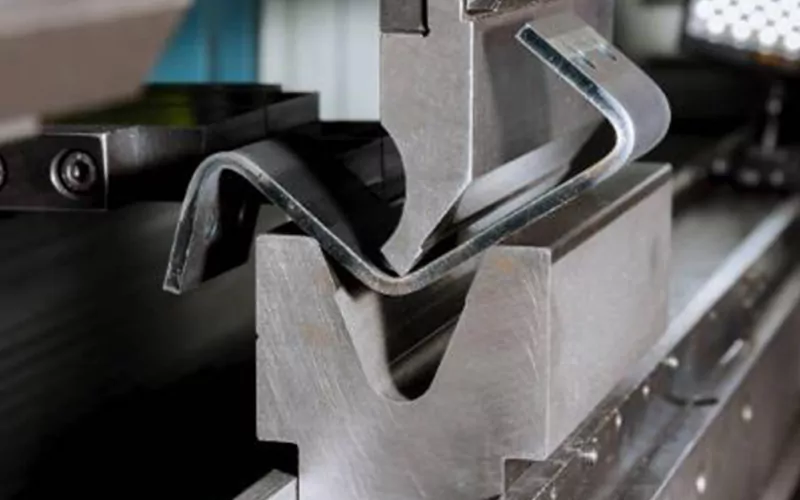The Importance of Worker Safety in Sheet Metal Manufacturing
Worker safety is a top priority in the sheet metal manufacturing industry. The nature of the work, which involves cutting, shaping, and assembling metal sheets, presents various hazards that can pose risks to the well-being of workers. It is crucial for sheet metal manufacturers to implement comprehensive safety measures to protect their employees from potential accidents and injuries.

Implementing Safety Training Programs
One of the best practices for ensuring worker safety in sheet metal manufacturing is the implementation of thorough safety training programs. These programs should cover a wide range of topics, including proper equipment usage, hazard identification, emergency procedures, and personal protective equipment (PPE) usage. By providing employees with the knowledge and skills to identify and mitigate potential risks, manufacturers can significantly reduce the likelihood of workplace accidents.
Regular Equipment Maintenance and Inspections
Another essential aspect of ensuring worker safety in sheet metal manufacturing is the regular maintenance and inspection of equipment. Machinery used in the manufacturing process should be well-maintained to prevent malfunctions that could lead to accidents. Additionally, routine inspections can help identify any potential safety hazards and address them promptly, ensuring a safe working environment for all employees.
Creating a Culture of Safety
Beyond specific safety measures, it is important for sheet metal manufacturers to foster a culture of safety within their organizations. This involves promoting open communication about safety concerns, encouraging employees to report potential hazards, and recognizing and rewarding safe work practices. When safety becomes a core value within the company, employees are more likely to prioritize it in their daily work, leading to a safer and more productive workplace.
Ensuring worker safety in sheet metal manufacturing is an ongoing process that requires commitment, diligence, and innovation. By implementing comprehensive safety training programs, conducting regular equipment maintenance and inspections, and fostering a culture of safety, manufacturers can create a work environment where employees feel secure and valued.













